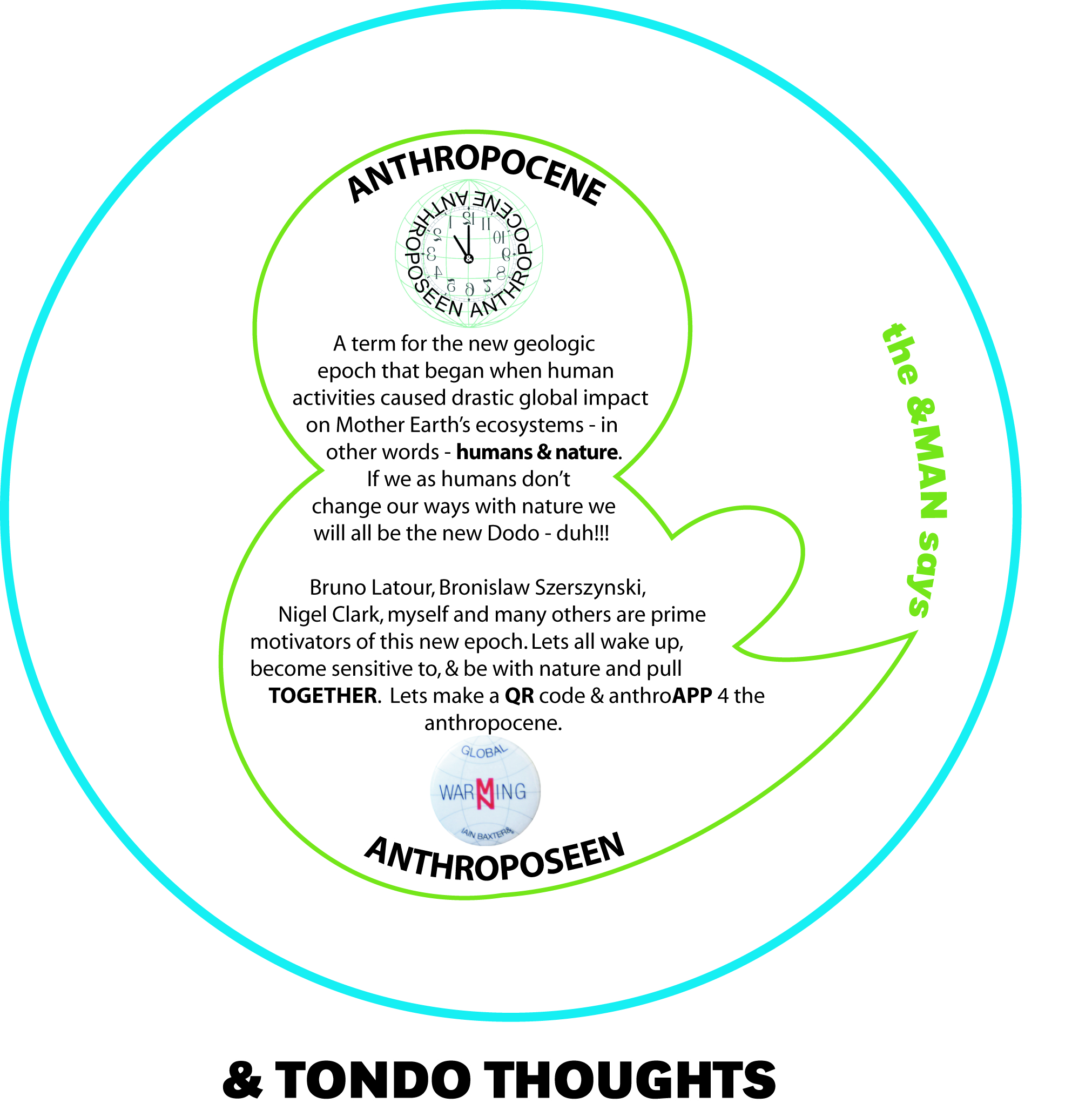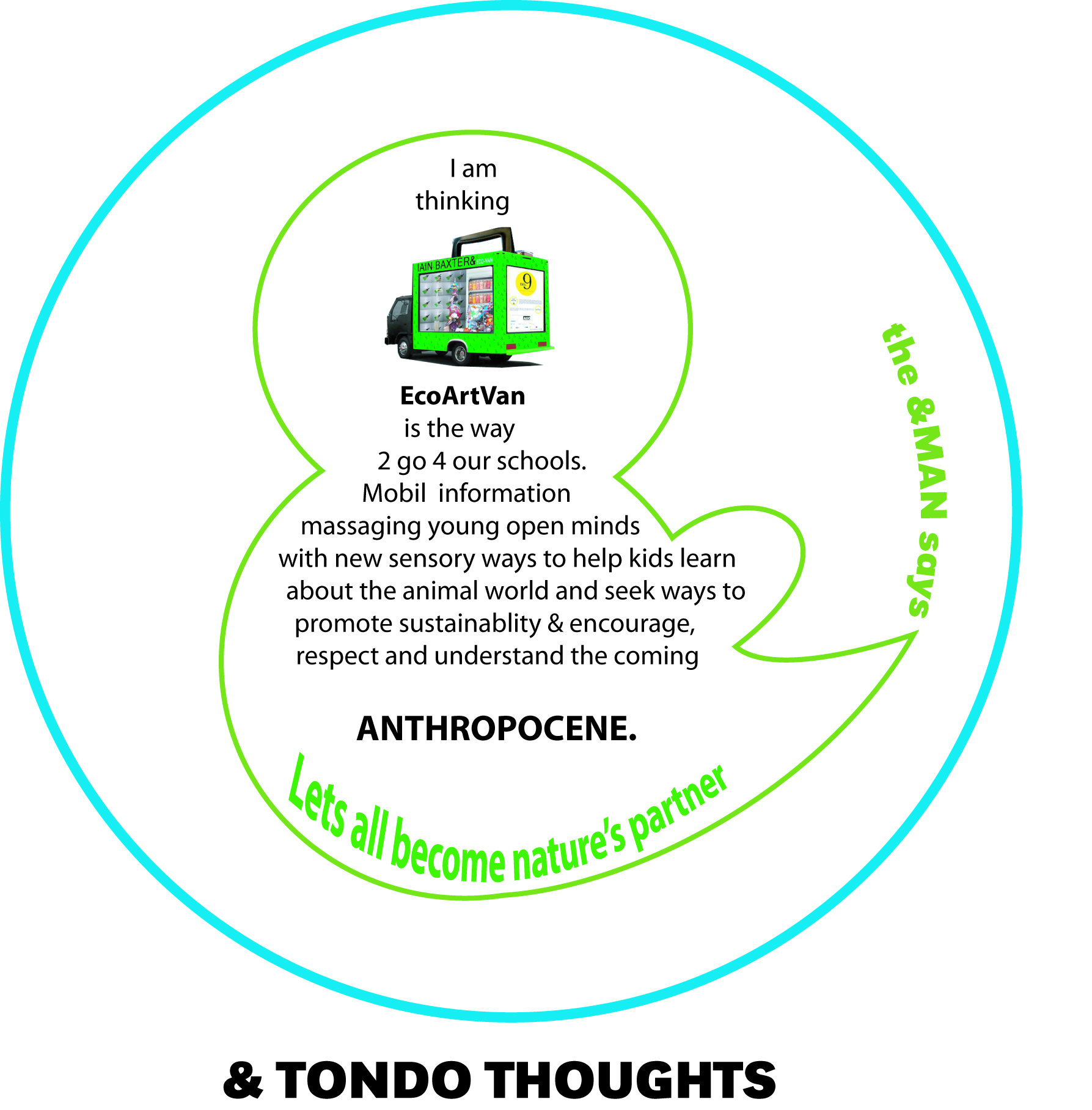When I parachuted into Vancouver in 1964, the city was beginning to exp& its global attitude & McLuhan’s musings were just gaining traction. My background in ecology & zoology, my experience photo-documenting the environment, & in 1961 my year-long studio, research & travels in Japan all prepared me to tap into McLuhan’s consciousness & its consequences for all our cultural thinking. People like Abe Rogatnick, Alvin Balkind & Victor Doray were interested in the possibilities of his thought for a more sensorial attitude in teaching & cultural environments. Harley Parker’s installations & design concepts – because of his affiliation with McLuhan – were also in the air. These trends culminated in the 1965 multi-sensorial happening at UBC, The Medium is the Message – which was massaging all McLuhan’s ideas from an arts point of view, as Tom Wolfe was prescient in documenting in his Electric Kool-Aid Acid Test (1968). I was responsible for the visual arts section, but it was a team effort involving Helen Goodwin, David Orcutt, Takao Tanabe, Roy Kiyooka & many others.
My teaching in that period was also very much about what I called “sensitivity information” & non-verbal approaches. In a way, Bagged Place – an installation mounted at UBC’s Fine Arts Gallery in February, 1966 – was my own synthesis of all these currents. But I have this humour that flows through what I do: there was a satirical resonance & multi-layered quality to Bagged Place that differentiated it from what Intermedia & others were doing with McLuhan & Parker’s insights at that time.
*
I teach a lot with video. I realized a long time ago that students’ knowledge sensitivity comes from TV. McLuhan’s notion of the “classroom without walls” is something that informs my pedagogy as a way to raise awareness about the information l&scape we all pass through wandering & wondering each day of our lives as a kind of Zen kōan. For many years, & especially in my infamous 24-hour Class @ SFU, McLuhan’s & Parker’s Picnic in Space was an important part of my teaching toolkit.
*
In late 1966, when I set up the visual arts section of Simon Fraser University’s Centre for Communication & the Arts, many of these ideas were incorporated into the programming with R. Murray Schafer in the music section. In the late 1990s, Vancouver’s Canadian Studies Scholar Richard Cavell documents & discusses many of McLuhan & Parker’s concepts & ideas in his critical book McLuhan in Space.
*
& all of this was part of my path to re-br&ing myself more recently as “the&MAN.”
Article: Creative Commons Attribution-Non-Commercial-NoDerivs 3.0 Unported License.
Image: Input Output by Jennifer Marman and Daniel Borins. Used with permission.









